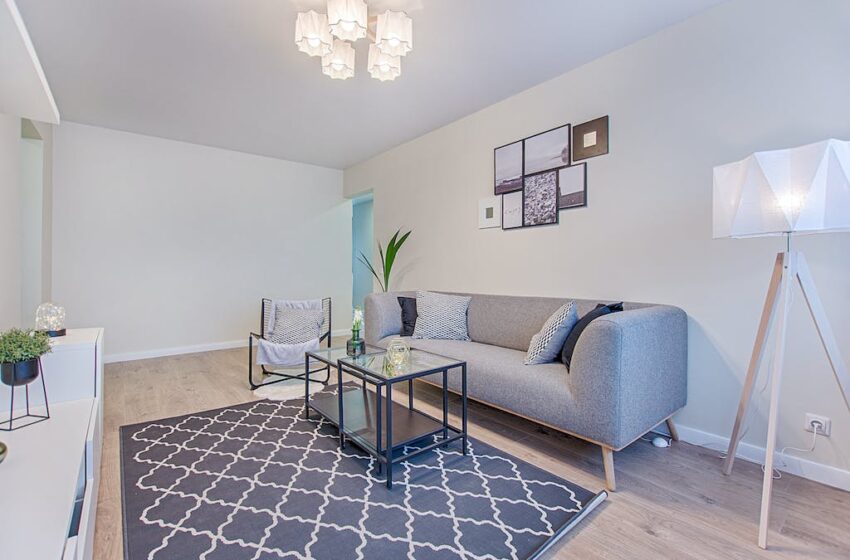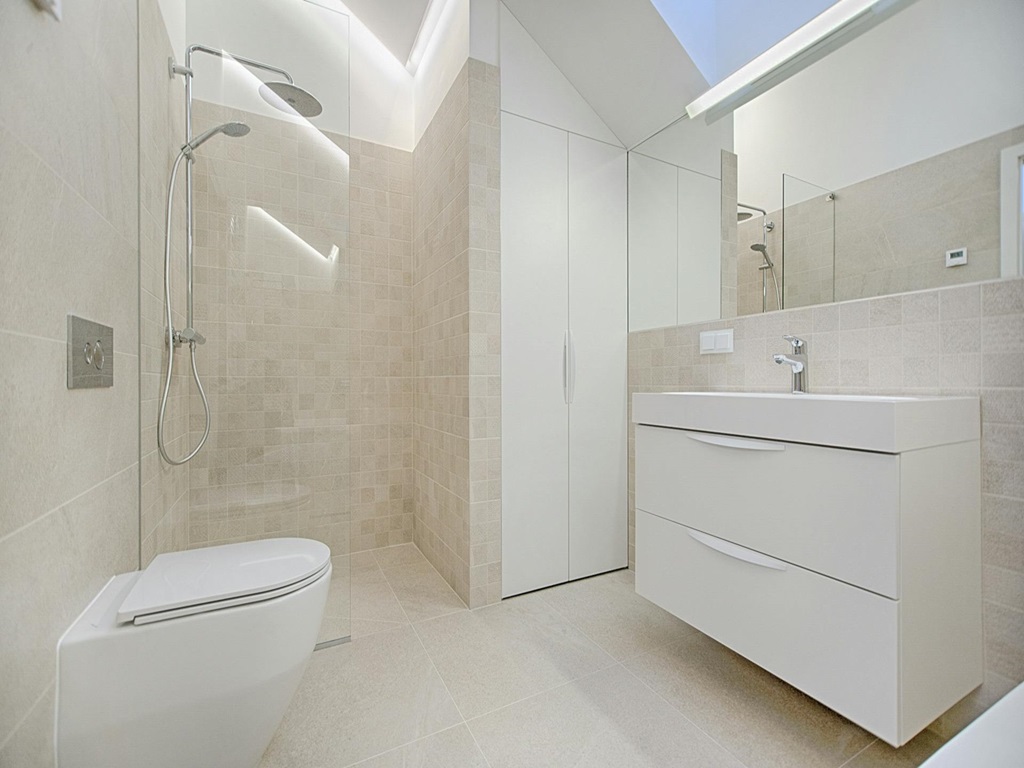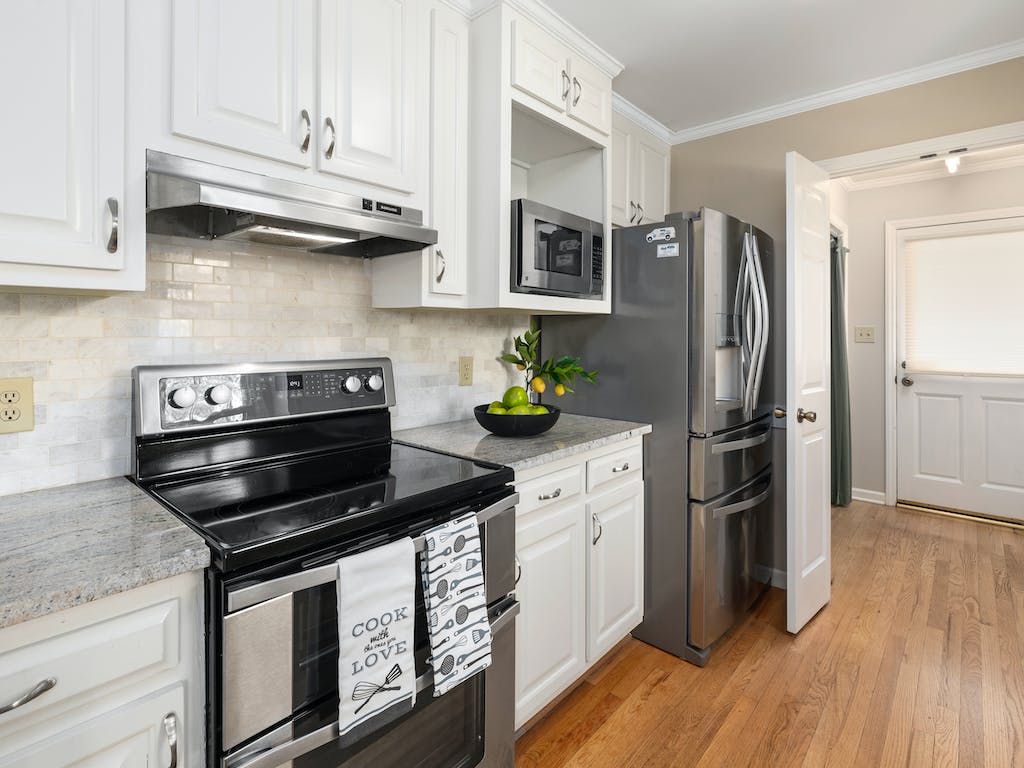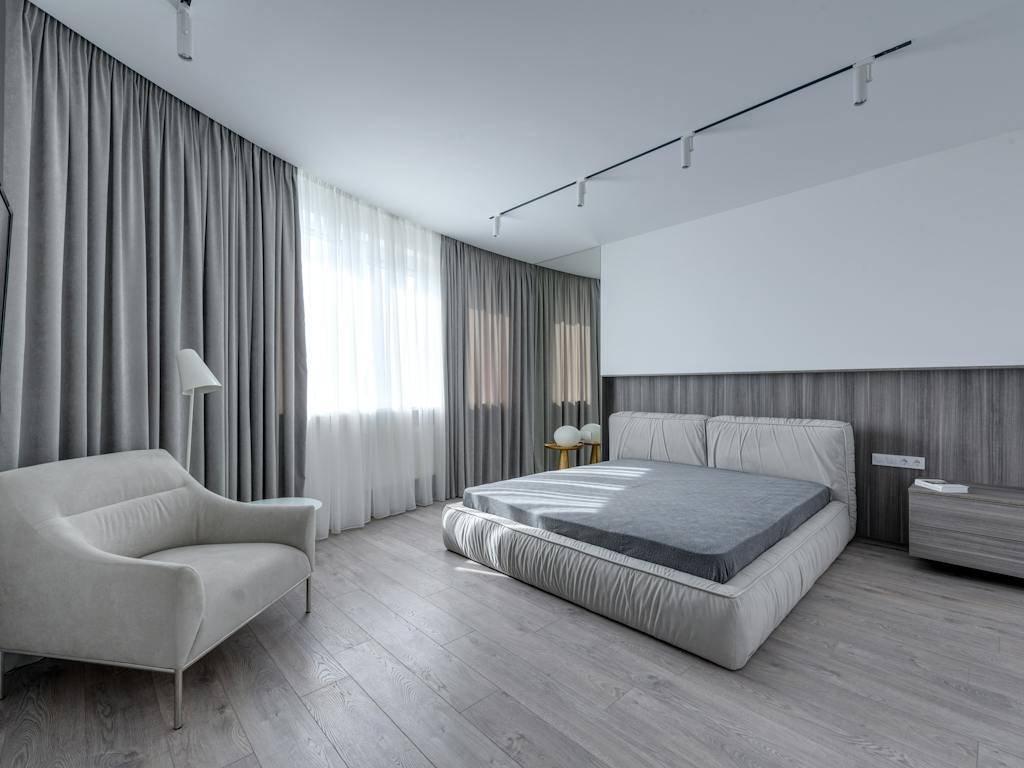
Expert Tips for Home Furnishing and Interior Design
Furnishing a home and creating an appealing interior design requires a thoughtful approach that balances aesthetics, functionality, and personal style. Drawing on insights from design experts can provide valuable guidance for making informed choices about furnishings, layout, and decor. Effective home furnishing not only enhances the visual appeal of a space but also contributes to its overall comfort and usability. By considering various aspects of interior design, homeowners can create a cohesive and inviting environment that reflects their tastes and meets their practical needs.
Understanding Your Design Style
Before diving into the specifics of home furnishing, it’s essential to understand your personal design style. Design experts recommend starting with a clear vision of the look and feel you want to achieve. This involves exploring different design styles, such as modern, traditional, rustic, or eclectic, and identifying which resonates most with you. Each style has its own set of characteristics, including color palettes, materials, and furniture shapes, which can significantly influence the overall ambiance of your home.
Choosing the Right Furniture
Selecting the right furniture is a crucial aspect of home furnishing. Design experts emphasize the importance of choosing pieces that are both functional and stylish. Begin by assessing the needs of each room and the activities that will take place there. For instance, a living room designed for relaxation and socializing may benefit from a comfortable sofa and versatile coffee tables, while a dining area may require a sturdy table and well-matched chairs.
Color and Texture Integration
Color and texture play significant roles in creating a harmonious interior design. Experts advise using a cohesive color scheme to tie together different elements of a room. Start with a neutral base color for walls and large furniture pieces, and then introduce accent colors through smaller items such as cushions, rugs, and artwork. This approach allows for flexibility in changing accents and ensures that the space remains visually balanced.
Lighting Considerations
Lighting is a fundamental aspect of interior design that impacts both the functionality and ambiance of a space. Experts recommend a layered approach to lighting, incorporating ambient, task, and accent lighting to address different needs and create a well-lit environment. Ambient lighting provides overall illumination and can be achieved through ceiling fixtures or recessed lights. Task lighting, such as desk lamps or under-cabinet lights, focuses on specific activities like reading or cooking. Accent lighting highlights architectural features, artwork, or decorative elements, adding visual interest and depth.
Creating Functional Layouts
A well-thought-out layout is essential for maximizing the functionality and flow of a space. Experts advise considering the room’s purpose and how it will be used when arranging furniture and other elements. For example, in a living room, arranging seating to encourage conversation and create a focal point, such as a fireplace or television, enhances usability. In a home office, positioning the desk near natural light sources and ensuring adequate workspace can improve productivity.
Incorporating Art and Accessories
Art and accessories add personality and character to a space, making it feel more complete and lived-in. Design experts suggest incorporating a mix of art pieces, such as paintings, prints, or sculptures, to reflect your style and interests. Art can serve as a focal point or complement the room’s color scheme and theme.
Maintaining Flexibility and Adaptability
Home furnishing and interior design should be adaptable to changing needs and preferences. Design experts recommend choosing key pieces that offer flexibility, such as neutral-colored furniture that can be easily updated with different accessories or textiles. This approach allows for effortless changes in style and decor without the need for complete overhauls.




